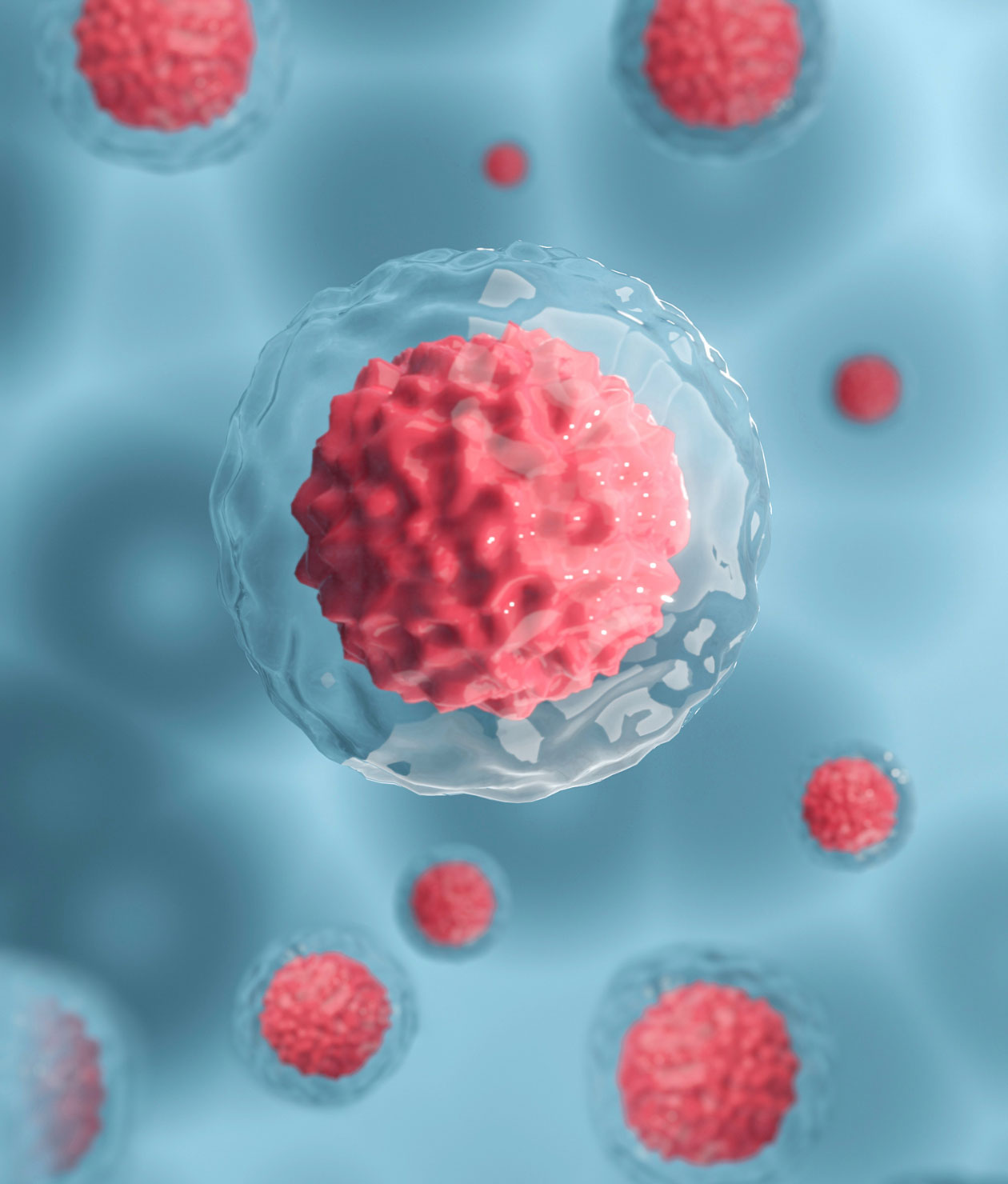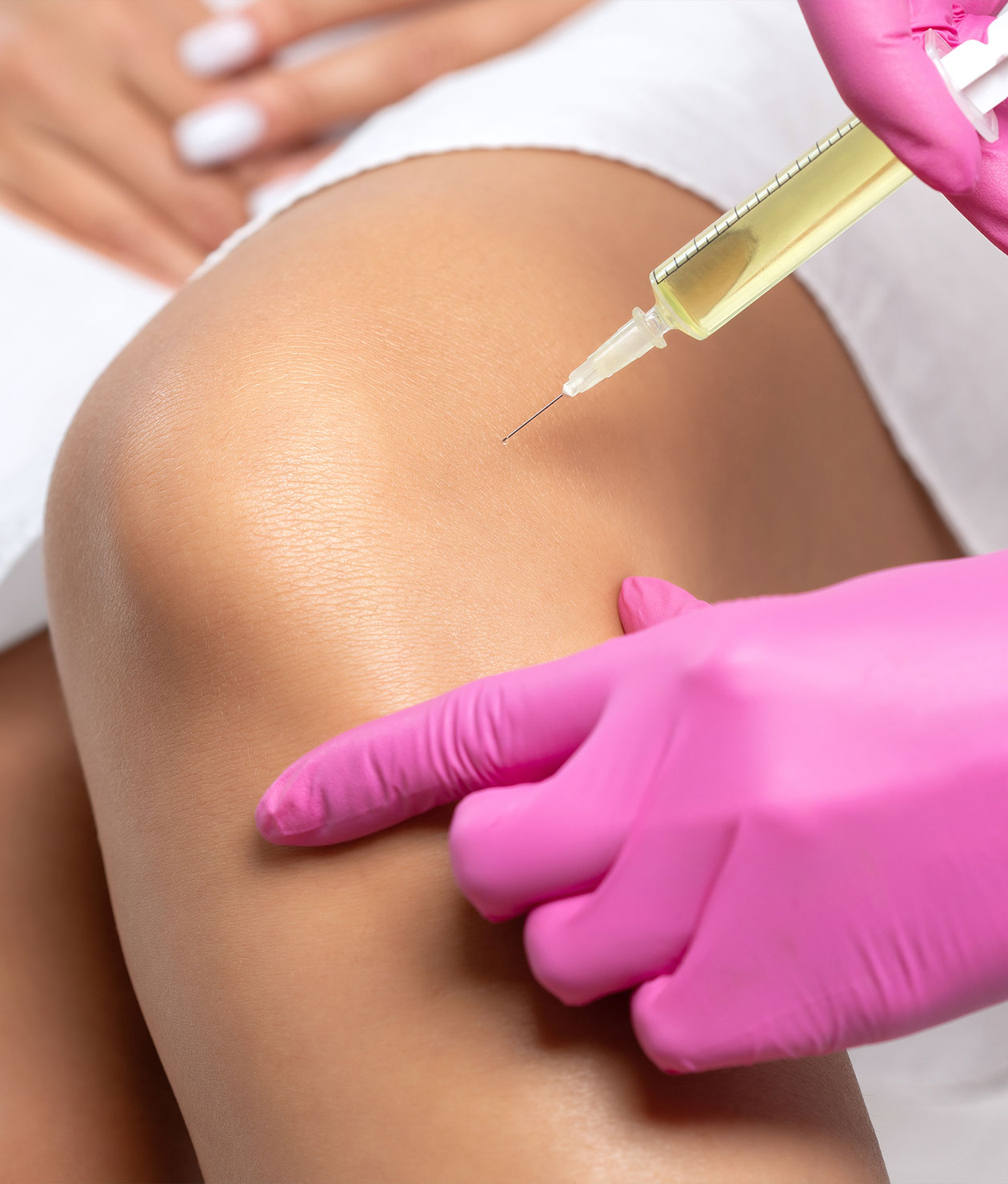Wharton’s Jelly Tissue
The Gold Standard in Regenerative Aesthetics.
Information on Wharton’s Jelly as a Human Cellular and Tissue-Based Product (HCT/P)
Wharton’s Jelly is the gelatinous connective tissue found in the umbilical cord. It is derived from donated umbilical cords following healthy births. Human umbilical cords are obtained from consenting caesarian section donors following standards established by the FDA and the American Association of Tissue Banks. Donors undergo comprehensive medical, social and blood testing prior to donation.
Research has analyzed Wharton’s Jelly’s composition, which includes growth factors, cytokines, hyaluronic acid (HA), and extracellular vesicles. Studies, such as Gupta et al. (2020), have compared cytokine levels in Wharton’s Jelly to those in bone marrow and adipose-derived materials, noting variations in concentrations of elements like RANTES, MCP-1, IL-1RA, and PDGF-AA. These findings are from in vitro or preclinical investigations and do not establish clinical safety or effectiveness for any specific use.
Composition and Research Observations
Wharton’s Jelly contains naturally occurring components, including:
- Hyaluronic Acid (HA): Reported at average levels of approximately 8.7 μg/mL in certain formulations, as observed in laboratory analyses.
- Growth Factors: Includes elements such as VEGF, HGF, FGF-7, TGF-α, TGF-β1, and others, identified through biochemical assays.
- Cytokines: Features anti-inflammatory markers like IL-1RA and TIMP-1/2, as quantified in comparative studies.
- Other Elements: Extracellular matrix components and vesicles, examined in research settings.
Considerations for Professional Use
Medical professionals, including those in med spas and surgical practices, may encounter Wharton’s Jelly in research or investigational contexts. Reported applications in literature include topical or injectable forms in preclinical models, but these are not FDA-approved indications.
Any use should be limited to investigational settings under an Investigational New Drug (IND) application or in compliance with the practice of medicine, where applicable. Providers must ensure donor screening, testing for communicable diseases, and proper labeling per FDA guidelines.
This information is provided for educational purposes only and does not constitute medical or legal advice. Professionals should verify compliance with current regulations, given ongoing FDA enforcement actions.



